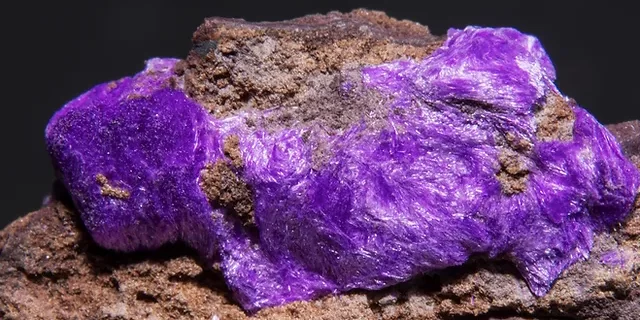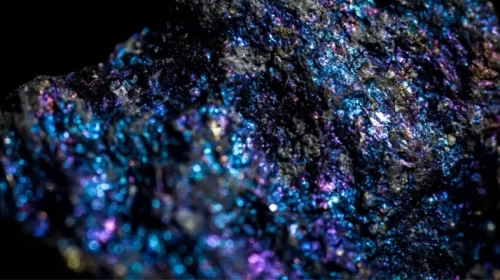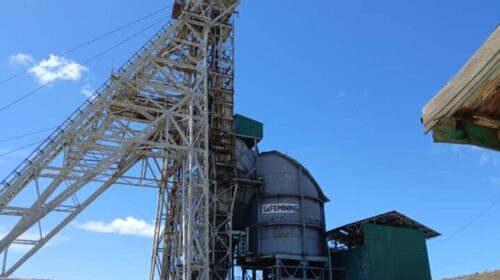Sugilite: A Captivating Gemstone with Unique Properties
Sugilite is a rare pink to purple mineral discovered by Ken-ichi Sugi, a Japanese petrologist, in Japan in 1944. This cyclosilicate gemstone, known for its vivid purple color and rarity, has garnered immense interest among gem enthusiasts and collectors.
Its distinct properties set it apart from other gemstones, such as amethyst, despite their similar appearances. When comparing sugilite and amethyst, one notable difference lies in their color variation.
While both gemstones feature purple hues, sugilite tends to showcase a broader range of shades, including vibrant pinks and deeper purples.
Amethyst, on the other hand, predominantly exhibits different shades of purple, from light to dark, and its color intensity can vary widely depending on the specific source.
Sugilite, also referred to as “the healer’s stone” or “royal azel,” holds a special place as a relatively rare and precious gemstone. Although initially found in Japan, it has been discovered in a few locations worldwide.
Renowned for its striking purplish-pink to deep purple hues, Sugilite’s coloration can range from light lavender to a rich, regal amethyst-like shade.
The gemstone’s translucent nature allows light to pass through, giving it an enchanting glow. With a hardness of 6 to 7 on the Mohs scale, Sugilite proves suitable for jewelry applications.
Chemically Sugilite’s is a cyclosilicate mineral with the complex formula KNa_2(Fe,Mn,Al)_2Li_3Si_12O_30. The gemstone primarily consists of silicon, oxygen, potassium, sodium, iron, manganese, aluminum, and lithium. These elements contribute to Sugilite’s intriguing properties.
Sugilite’s concentration of manganese within the crystal structure determines the intensity and distribution of colors. Higher levels of manganese result in a richer purple hue, while the presence of iron may introduce reddish or brownish tints. It is important to note that coloration also affects the price of Sugilite, with gems displaying a deeper purple being more expensive than those with a lighter purple.
One of the most captivating properties of Sugilite is its fluorescence. When exposed to ultraviolet light, Sugilite exhibits strong fluorescence, emitting a vibrant orange glow.
This phenomenon, known as tenebrescence, arises from the interaction between manganese and short-wave ultraviolet light. The intensity of fluorescence can vary, adding to the gemstone’s allure.
Sugilite proves relatively durable for jewelry purposes. It typically forms in a hexagonal crystal system, although it is often found in massive or granular forms lacking distinct crystal structures. Sugilite’s translucency to opacity and luster range from vitreous to waxy.
Regarding its stability and reaction to chemicals, Sugilite is generally resistant to most chemicals. It does not react with common household acids like vinegar or lemon juice.
However, prolonged exposure to strong acids or alkalis may cause damage to its surface. Cleaning Sugilite with mild soapy water and a soft brush is advisable, avoiding the use of harsh chemicals or ultrasonic cleaners.
Since its initial discovery in Japan, Sugilite has been found in various parts of the world, including South Africa, Canada, India, and Australia. Recently, it was discovered in the Muombe area of the Chambe District in Zambia.
While Zambia is known for its copper and cobalt mining industry, it is not widely recognized as a primary source of Sugilite. Unfortunately, a scandal involving corruption and illegal mining of Sugilite has recently implicated some top government officials in Zambia.
The Anti-Corruption Commission (ACC) and the Director of Public Prosecutions (DPP) have initiated an investigation into the Sugilite scandal, vowing to bring the culprits to justice.
278 total views , 2 views today





